Out Now
The Aussie Issue
Current Issue
The Aussie Issue
DEC 25 - JAN 26

By 2050, nearly 75 per cent of us will live in bustling cities – so, as urban developments increase, town planners and lighting designers have a lot to consider when it comes to illuminating our cities and urban areas.
We don’t need to tell you how important lighting is, but when we look at the bigger picture – how lighting impacts the way people enjoy and use the urban areas in their communities, lighting really does matter.
It determines how people feel when they interact with various facilities, features, and amenities, and it provides a sense of safety and security.
And it’s going to become increasingly important when constructing our cities of the future.
According to Damian Dawson, Director at Planning Chambers, a specialist town planning consultancy, and Accredited Planner, the planning system needs to strike the right balance if it’s to effectively create the best possible outdoor environments.
This includes using proper illumination to provide people with a clear view of their surroundings and the path ahead, while also creating an atmosphere of comfort and reassurance.
Whether you’re a shift worker making the trek home on public transport or you’re heading downtown to an event, this combination encourages the community to access and enjoy the city at night.
Of course, consideration also needs to be given to suitable lighting levels, and these differ for various amenities and infrastructure, depending on both their usage and the crime rates in a given area. For this, The Australian Standards, including AS/NZS 4282 – Control of the obtrusive effects of outdoor lighting, are used as a guide to consider appropriate levels of lighting.
Particular thought must also be given to over-lighting and avoiding visual disturbances like light glare, which can be disabling or uncomfortable for pedestrians and drivers, especially for those who are sensitive to light.
External lighting, like you’d find in car parks or sporting courts, security lighting and lights used for digital advertising, is all carefully planned to avoid light spill, which can be annoying, uncomfortable, and distracting.
It can also hinder visibility and contribute to light pollution.
“Through the assessment process, consideration is given to the positioning and design of outdoor lighting to ensure it does not cause unreasonable light spill impact,” says Damian.
“Lighting and digital signage that flashes or moves close to traffic lights or pedestrian signals have to meet strict criteria to ensure that motorists are not impacted.”
Striking this balance can be difficult because lighting is also key to expanding the usability of a city.
Over time, as urban centres have grown and expanded, they’ve given rise to 24-hour cities with 24/7 economies.
Today, our cities are alive with after-dark events, cultural activities, and night-time wandering, all taking place under a web of streetlights and other illuminators which work together to make the city visible, useable and safer at night.
“Feature lighting around entrances into commercial and residential buildings continues to be used as a point of difference or distinction for a development as well as a method of identification,” says Damian.
“Lighting within landscaped areas and public space is also increasing, with lighting used to highlight key plantings or sculptural elements as well as provide directional lighting throughout a space.”
As our cities grow, evolve and develop, there’s going to be an increasing expectation from the community as to what good lighting looks like – providing an opportunity for contractors who know their stuff to really shine.
Keep up to date with our latest news and competitions by subscribing to our regular newsletter.

Issue 189
OCT - NOV 2025

Issue 188
AUG - SEPT 2025
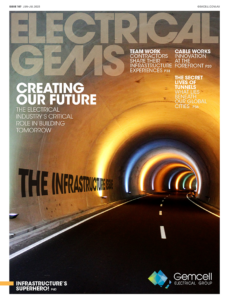
Issue 187
JUN - JUL 2025
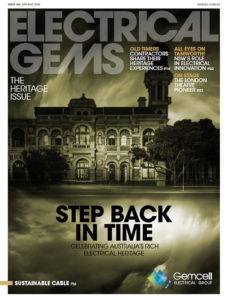
Issue 186
APR - MAY 2025
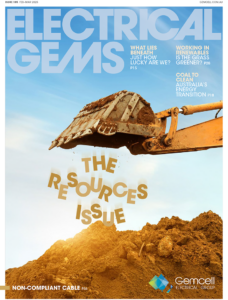
Issue 185
FEB - MAR 2025

Issue 184
DEC 2024 - JAN 2025

Issue 183
OCT - NOV 2024
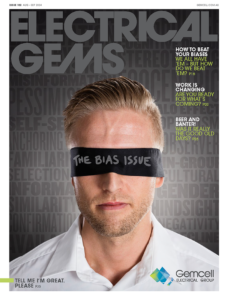
Issue 182
AUG - SEPT 2024
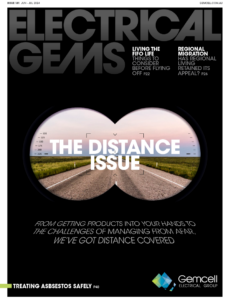
Issue 181
JUN - JUL 2024

Issue 180
APR - MAY 2024
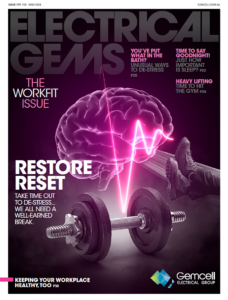
Issue 179
FEB - MARCH 2024
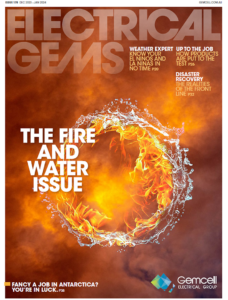
Issue 178
DEC 2023 - JAN 2024
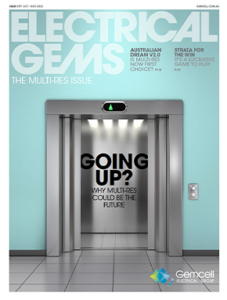
Issue 177
OCT - NOV 2023
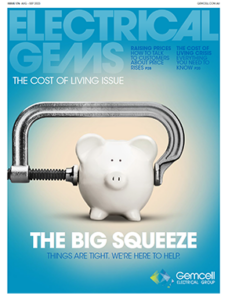
Issue 176
AUG - SEPT 2023
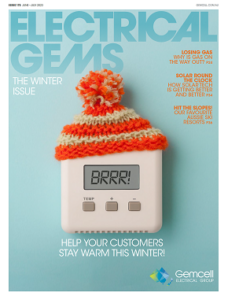
Issue 175
JUN - JUL 2023

Issue 174
APR - MAY 2023

Issue 173
FEB - MAR 2023

Issue 172
DEC 2022 - JAN 2023
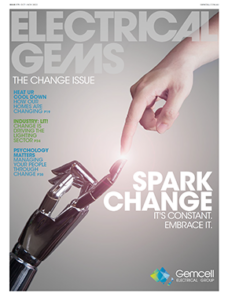
Issue 171
OCT - NOV 2022

Issue 170
AUG - SEPT 2022
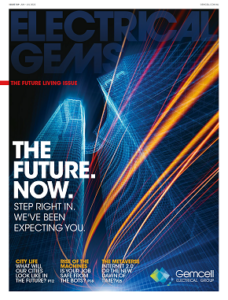
Issue 169
JUN - JUL 2022
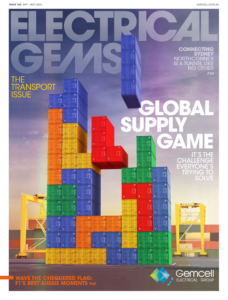
Issue 168
APR - MAY 2022

Issue 167
FEB - MAR 2022
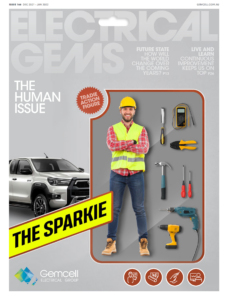
Issue 166
DEC 2021 - JAN 2022
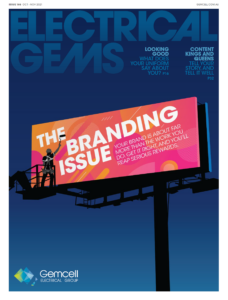
Issue 165
OCT - NOV 2021
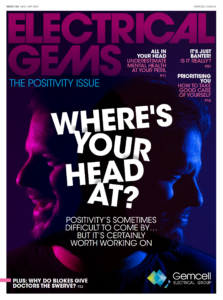
Issue 164
AUG - SEPT 2021
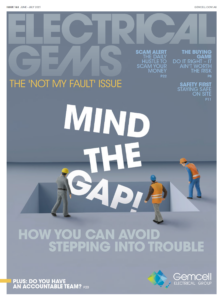
Issue 163
JUN - JUL 2021
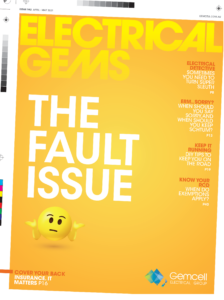
Issue 162
APR - MAY 2021
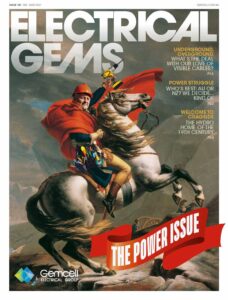
Issue 161
FEB - MAR 2021
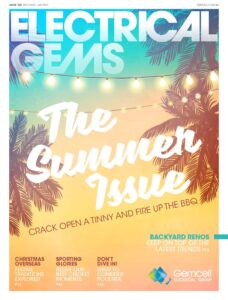
Issue 160
DEC 2020 - JAN 2021
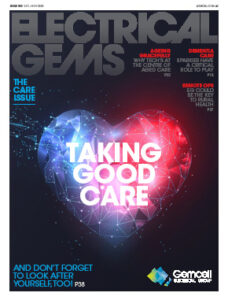
Issue 159
OCT - NOV 2020
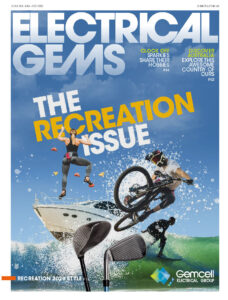
Issue 158
AUG - SEPT 2020

Issue 157
JUN - JUL 2022

Issue 156
APR - MAY 2020

Issue 155
FEB - MAR 2020

Issue 154
DEC 2019 - JAN 2020
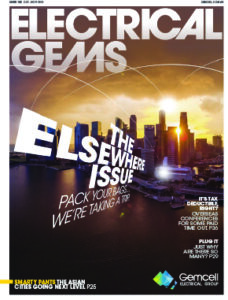
Issue 153
OCT - NOV 2019
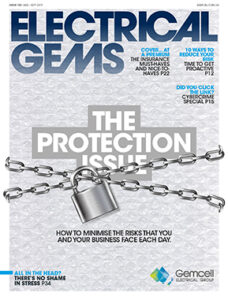
Issue 152
AUG - SEPT 2019
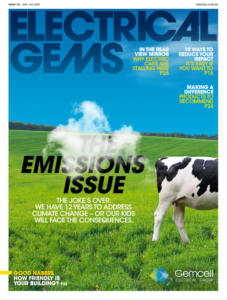
Issue 151
JUN - JUL 2019
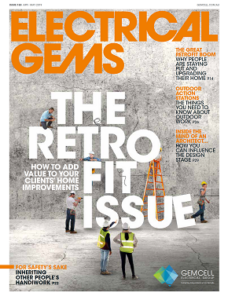
Issue 150
APR - MAY 2019

Issue 149
FEB - MAR 2019
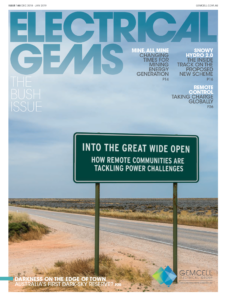
Issue 148
DEC 2018 - JAN 2019

Issue 147
OCT - NOV 2018
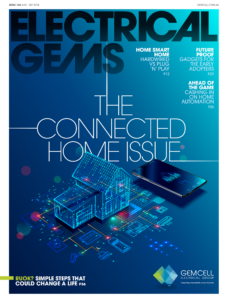
Issue 146
AUG - SEPT 2018

Issue 145
JUN - JUL 2018
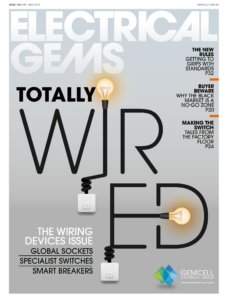
Issue 144
APR - MAY 2018
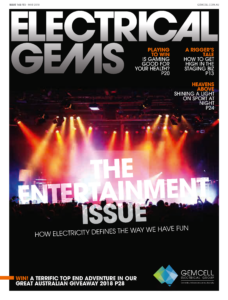
Issue 143
FEB - MAR 2018
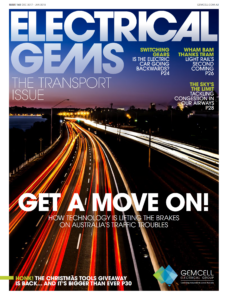
Issue 142
DEC 2016 - JAN 2017
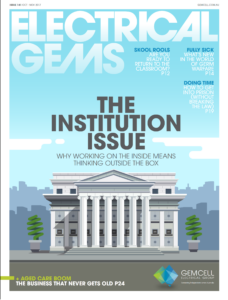
Issue 141
OCT- NOV 2017
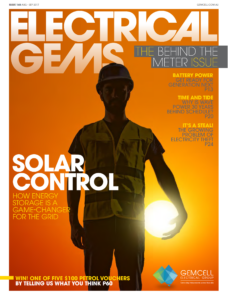
Issue 140
AUG - SEPT 2017
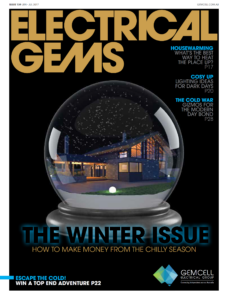
Issue 139
JUN - JUL 2017
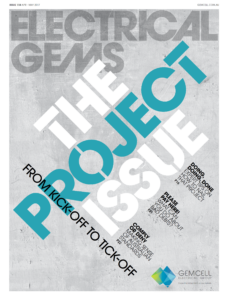
Issue 138
APR - MAY 2017
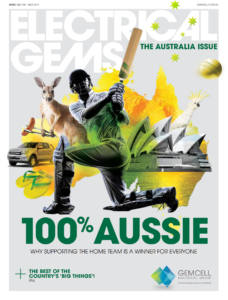
Issue 137
FEB - MAR 2017

Issue 136
DEC 2016 - JAN 2017
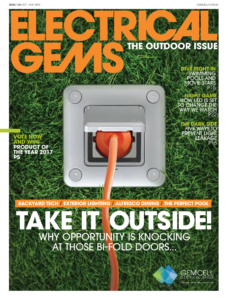
Issue 135
OCT - NOV 2017
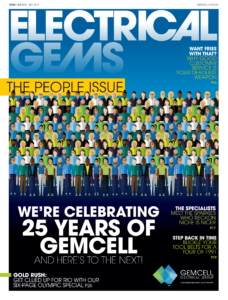
Issue 134
AUG - SEPT 2016
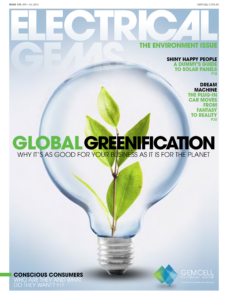
Issue 133
JUN - JUL 2016
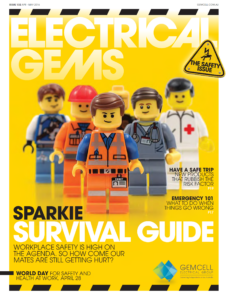
Issue 132
APR - MAY 2016
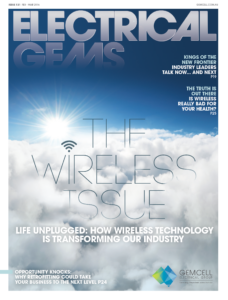
Issue 131
FEB - MAR 2016

Issue 130
DEC 2015 - JAN 2016
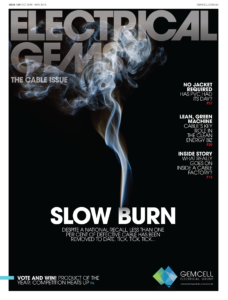
Issue 129
OCT - NOV 2015

Issue 128
AUG - SEPT 2015

Issue 127
JUN - JUL 2015
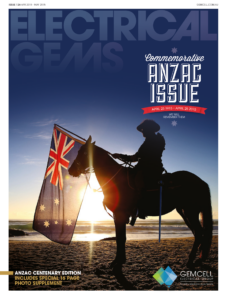
Issue 125
APR - MAY 2015
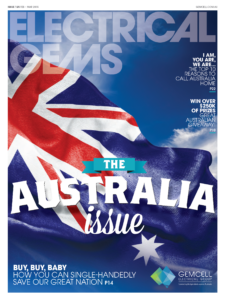
Issue 125
FEB - MAR 2015
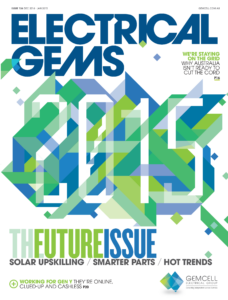
Issue 124
DEC 2014 - JAN 2015

Issue 123
OCT - NOV 2014
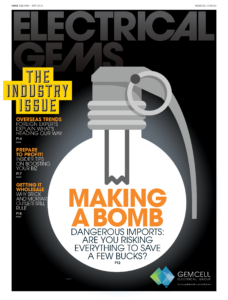
Issue 122
AUG - SEPT 2014
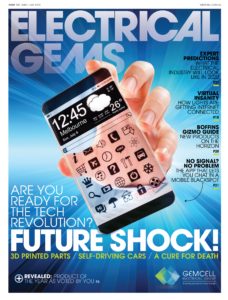
Issue 121
JUN - JUL 2014
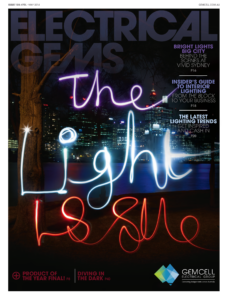
Issue 120
APR - MAY 2014
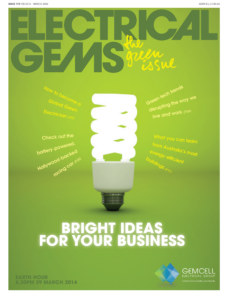
Issue 119
FEB - MAR 2014

Issue 118
DEC 2013 - JAN 2014
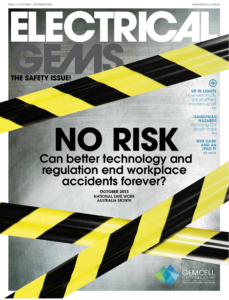
Issue 117
OCT - NOV 2013

Issue 116
AUG - SEPT 2013

Comments (0)
Write a Comment